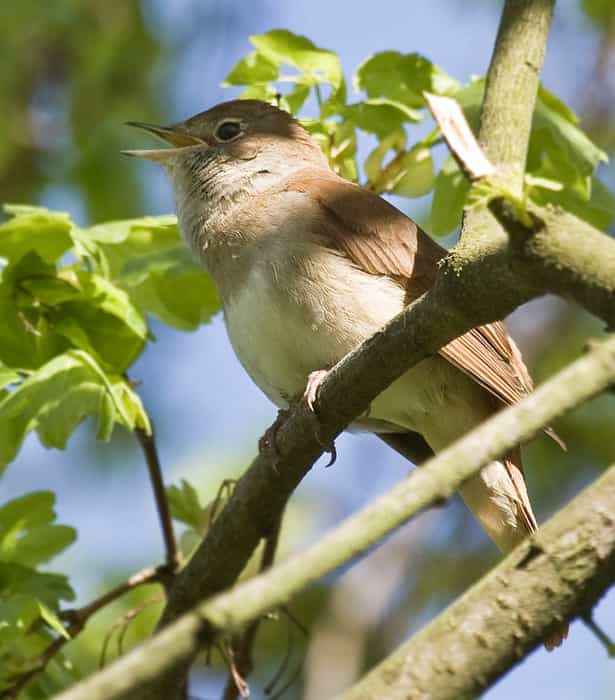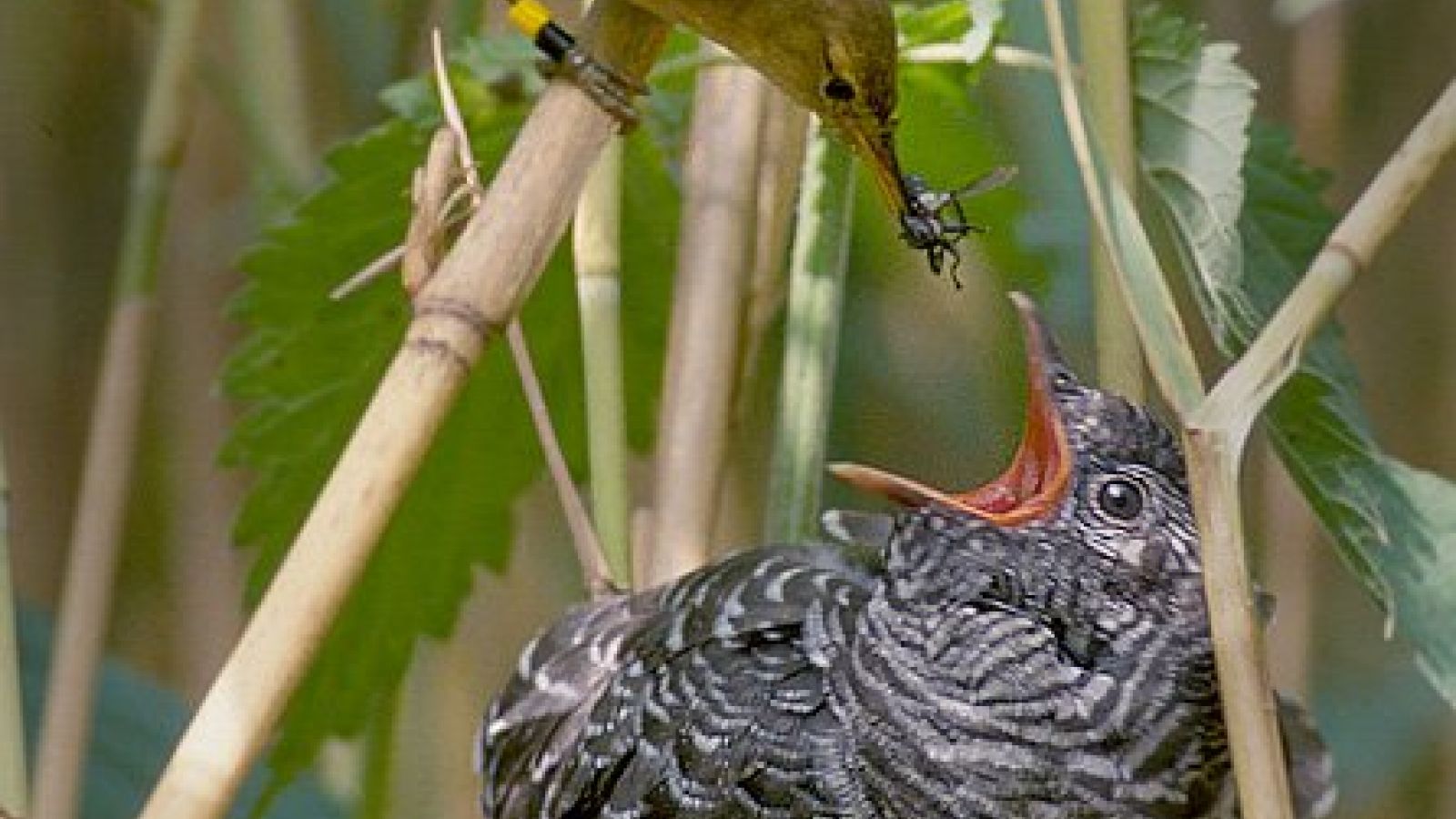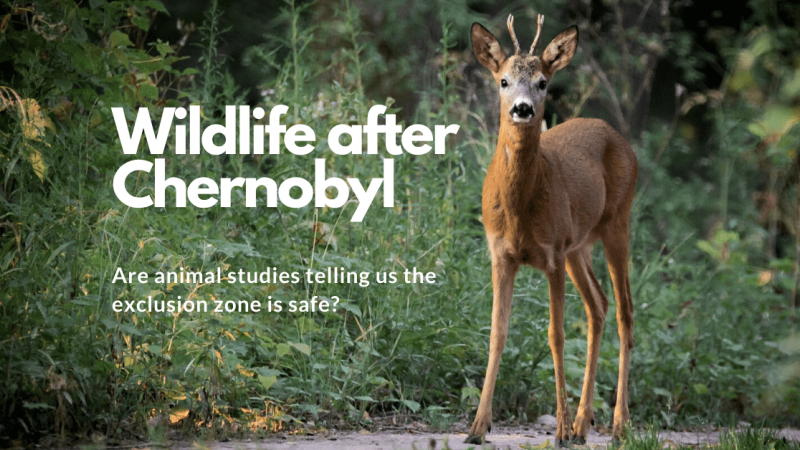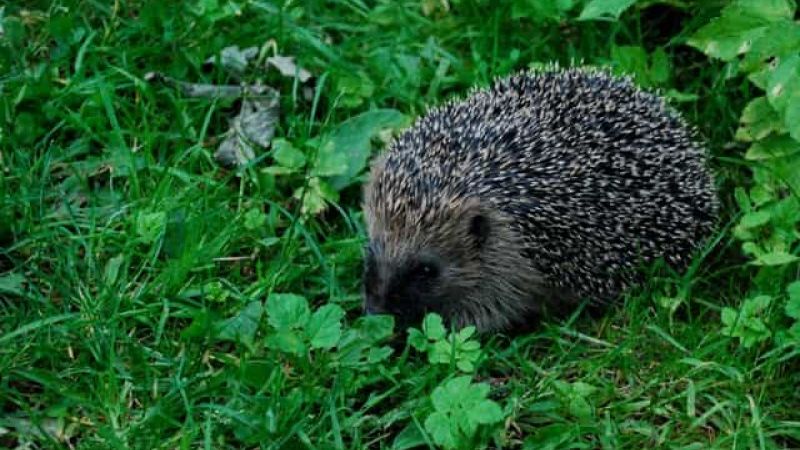Today’s post in our staff blog is from the Head of Online Communication, Richard Scrase, on the decline of the cuckoo and nightingale.
When did you last hear a Cuckoo? Or a nightingale? Fifty years ago, when I was a child everybody shared the experience of hearing the first cuckoo of spring but even then hearing a nightingale was a less common experience.
Just before going off to University - forty years ago - my mother and I got up before dawn and walked out of Salisbury along a river-side path. Just as the sun was rising, with mist wreathing the rivers surface, we were suddenly delighted as a nightingale held forth. I've never heard one since.
Our expectations of how much wildlife their should be are set to an extent by what we experience as a child and youth. My parents commented on how much more wildlife there was to see and hear in their childhood, I find myself making the same comments to my children.
But why are most of us no longer hearing the cuckoo? Why has it become a red-listed species? To find out what was happening to the UK's fastest declining migrant species the British Trust for Ornithology (BTO) attached satellite-tracking devices to Cuckoos from different parts of the UK each year since 2011 to find out more about their important stop-over sites and wintering destinations on the way to and from Africa.
So far the tags have revealed new migration routes and migration patterns between the UK and the Cuckoo over-wintering territories in the forests of the Congo, including a previously unknown westerly route across Morocco and the Sahara. The tags also showed individuals stopping to 're-fuel' on insects and having to turn back at times to re-visit insect rich habitat. The data, although limited, starts to reveal the hazards associated with migratory journeys and the hunt to keep up with seasonal flushes of insects in Europe and Africa. Unfortunately, many of the tagged birds have been lost, although this is due in part to technical failures.
More recently this study has becomes part of a European wide study, now following another fifteen birds tagged in Germany and Belarus. The birds from Belarus travel as far south as South Africa, but are now on their way back. You can see their latest positions here.
Cuckoos are just one species facing huge challenges. Species are dying out as an increasing human population changes the landscape, converting natural ecosystems to agriculture, forestry and built-on land. Climate change adds to the pressure, as for every degree Centigrade the earth’s average temperature warms, another 10% of species are at risk of extinction.
Uncertainty about the nature and scale of future climatic change makes it difficult to project consequences for wildlife, but existing studies suggest alarming trends. Shifts in species distributions are the most studied, such as detailed in the Climatic Atlas of European BreedingBirds. Based on a scenario of mid-range emissions, the authors find that suitable climatic conditions for the average bird species will shift nearly 550 km north-east by the end of this century, be reduced in size by a fifth and overlap the current range by only 40%. Historic species population declines, coupled with the speed of these changes and a landscape with comparatively little semi-natural habitat, means that many species will not be able to adapt in time without our help.
Traditionally nature reserves and protected areas were a seen as the answer – give an organism a large enough fragment of its ecosystem and it would be able to maintain a viable population.
But on their own, vital as they are, reserves are not enough to deal with the threats to biodiversity so conservation organisations such as the RSPB here in Britain are expanding their efforts to work on a much larger, landscape scale.

And what of the Nightingale? Like the Cuckoo, the Nightingale is another long-distance migratory bird that over-winters in Africa. Nightingales have declined by around 90% in the last 40 years. The most important site for Nightingales in the UK is Lodge Hill in Kent, currently a Site of Scientific Interest (SSSI). This site is currently under threat from a proposal to build 5,000 houses.
In essence if we want our children to enjoy the wildlife our parents took for granted, we will need to make room for wildlife in our gardens, parks and farms, as well as hanging on to the reserves we've already got.
Last edited: 27 October 2022 18:19




